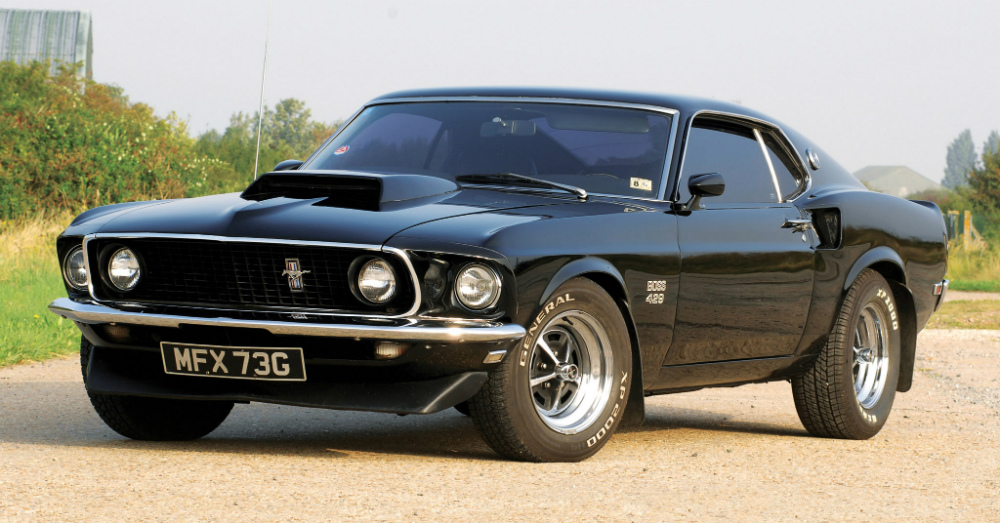In the market we have today when horsepower is increased to new levels we tend to celebrate. This makes it seem strange that there was ever a time when there were cars that automakers chose to advertise lower horsepower numbers than were actually achievable and present. Most of the time when lower numbers were advertised it was because of the car being one that was a bit of a wildcard and one that might not be allowed for sale to the public if the numbers weren’t within a specified range. Let’s take a look at some great examples of this challenge.
Chevrolet L88 Corvette – This was a Corvette in the 1960s that would easily create a racer’s reputation out of the conservative General Motors. This Corvette was even thought to be too much for the general public by Zora Arkus-Duntov and it was advertised to have 435 horsepower. Those who purchased this racing style car found out quickly the actual output was nearly 535 ponies.
Nissan Skyline GT-R – While this wasn’t a car that could be sold in the US, there was an agreement in Japan to keep the maximum horsepower of all production vehicles at 276. The first GT-R made nearly 320 and as the car developed it continued to make more horsepower than that, but was always offered with the 276 horsepower number to adhere to the agreement.
Ferrari F40 – Why would Ferrari ever downplay the horsepower numbers of their sports cars? That part is a mystery. The F40 was listed at only 478 horsepower even though many who tested the car found it to make 500 horsepower or more easily, making it faster than the successor, the F50. The trouble must have been the weather during testing because there is no reason Ferrari would ever downplay their horsepower.
Ford Mustang Boss 429 – This car was a rough and tumble version of the Mustang to give us more power in a pony car that we love. As a car that was made to be able to compete in NASCAR the factory rating was 375 horsepower, but those who were able to drive the car know this was a machine that easily made around 100 more horsepower than the stated number, making this a fun and powerful beast.
1969 Pontiac GTO The Judge – Many of us hear the name “The Judge” and instantly think of the power that was under the hood and the muscle car good looks of this GTO. This was the most powerful GTO on the market in 1969 even though it was listed at only 370 horsepower. This number was ten more than the next model down, but the reality was that The Judge could actually make 400 horsepower and not break a sweat.
BMW M5 – It seems odd that a company which has a category of cars made for performance would be conservative with these numbers, but BMW is. The M5 is listed as having 560 horsepower but it actually has been tested to reach numbers as high as 620 horsepower making it one of the most powerful sports sedan on the market today.
Porsche 959 – The 959 is a lighter car than those that won the Le Mans races, but it uses the same flat six-cylinder engine that found its way into those winning cars. The factory specs for this car showed it would make 450 horsepower but the real numbers would come up around 500 or more on a regular basis, making this a powerful and fun car for anyone to drive.
1968 Pontiac Firebird 400 – This car was one of the best looking and powerful muscle cars of the time, but it was listed with lower horsepower numbers than were present because of a “dumb” rule by General Motors. This rule was the car couldn’t have more than one horsepower for every ten pounds of car with the only exception being the Corvette. This meant the Ram-Air 400 V8 n the Firebird was listed at 325 horsepower while the same engine in the GTO was listed at 360. In reality the Firebird 400 was much closer to the 360 than the 325 it was listed at.
This post may contain affiliate links. Meaning a commission is given should you decide to make a purchase through these links, at no cost to you. All products shown are researched and tested to give an accurate review for you.
